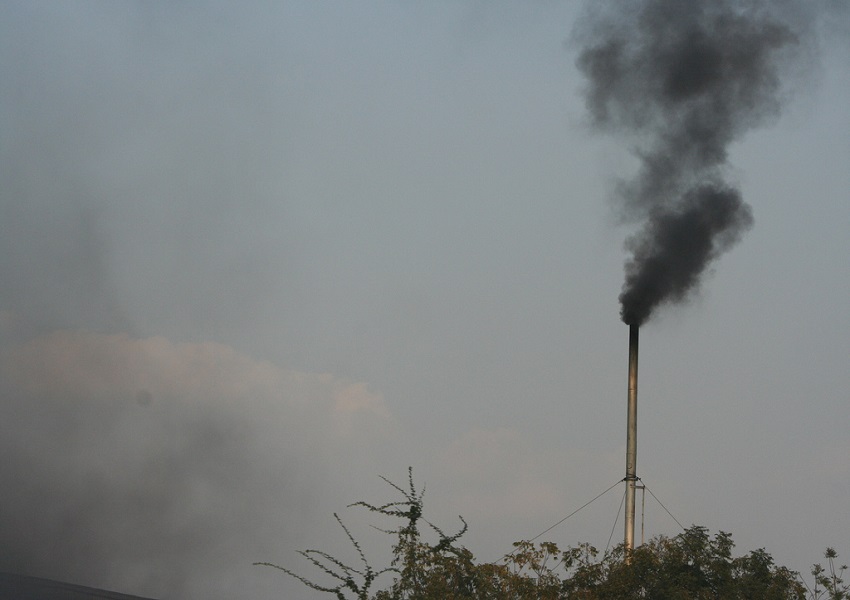-
Tips for becoming a good boxer - November 6, 2020
-
7 expert tips for making your hens night a memorable one - November 6, 2020
-
5 reasons to host your Christmas party on a cruise boat - November 6, 2020
-
What to do when you’re charged with a crime - November 6, 2020
-
Should you get one or multiple dogs? Here’s all you need to know - November 3, 2020
-
A Guide: How to Build Your Very Own Magic Mirror - February 14, 2019
-
Our Top Inspirational Baseball Stars - November 24, 2018
-
Five Tech Tools That Will Help You Turn Your Blog into a Business - November 24, 2018
-
How to Indulge on Vacation without Expanding Your Waist - November 9, 2018
-
5 Strategies for Businesses to Appeal to Today’s Increasingly Mobile-Crazed Customers - November 9, 2018
India’s Climate Action Plan ambitious, progressive: Javadekar
In a new plan submitted to the UN Framework Convention on Climate Change in Bonn on Friday, ahead of next month’s climate change summit in Paris, India also promised to generate 40% of its electricity from renewable sources by 2030.
Advertisement
To create an additional carbon sink of 2.5 to 3 billion tonnes of CO2 equivalent through additional forest and tree cover by 2030.
At a previous United Nations summit in 2009, India had already committed to reduce its emissions intensity by 2020 by 20-25 percent from 2005 levels.
In this regard, it has said it would require at least USD2.5 trillion (at 2014-15 prices) to meet its climate change actions between now and 2030.
“However, our efforts to avoid emissions during our development process are also tied to the availability and level of worldwide financing and technology transfer since India still faces complex developmental challenges”, the INDC document said. “From all angles, India’s INDC is as good as China’s and better than the US’s, considering that both these countries have higher emissions than India and are economically more capable of reducing their emissions and mitigating climate change“, said Chandra Bhushan, deputy director-general of CSE. “This commitment is further echoed in India’s actions in climate change adaptation with setting up its own “National Adaptation Fund”, said New Delhi’s 38-page document. As of now, almost 150 countries have made submissions to the United Nations about the domestic measures they plan to take in this regard. India can leverage its new non-fossil fuel target to transition to a portfolio of renewable energy sources to become a market leader in clean energy.
Experts who have been watching India’s development said that the country is trying to curb emissions, while lifting its population out of poverty and dealing with a hard investment climate. “India’s goal is to reduce overall emission intensity and improve energy efficiency of its economy over time and at the same time protecting the vulnerable sectors of economy and segments of our society”.
The Modi government’s policy of duty increases that are an implicit carbon tax of $140 for petrol and $64 for diesel in absolute terms will help India achieve a net reduction of 11 million tonnes of CO emissions in less than a year. Following many rounds of discussions over a couple of decades, the emphasis is on emissions reduction as the primary response to climate change.
Reuben Muni, a climate and energy campaigner for the Philippines from the environmental group Greenpeace, criticized the conditional nature of Manila’s offer and said the country could start by cutting its heavy reliance on coal for power generation.
Advertisement
“We are confident we will achieve the 35 percent [target] by 2030″, Prakash Javadekar said, adding: “it is a huge jump for India, therefore it is a very ambitious target”.





























